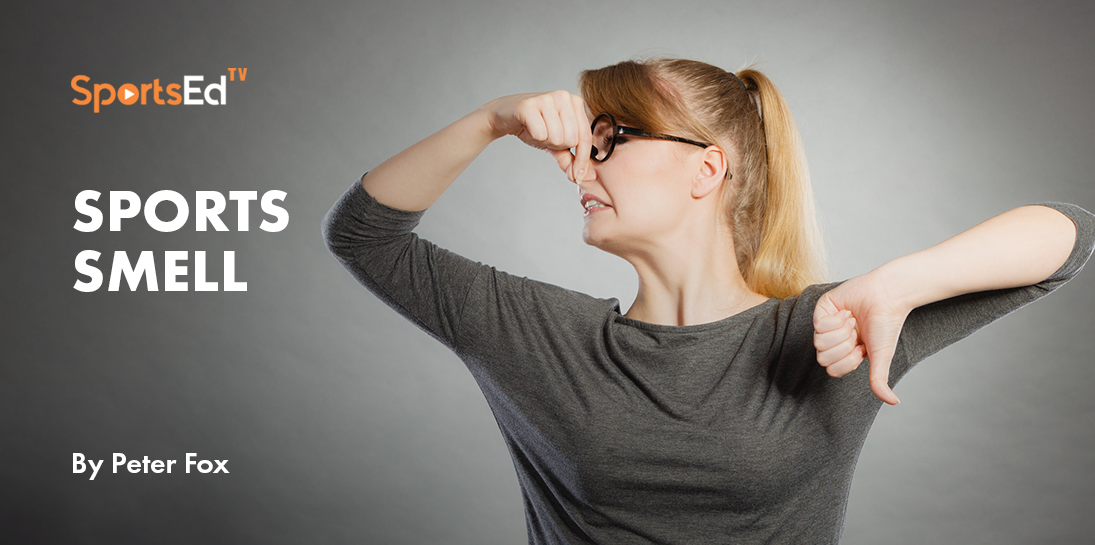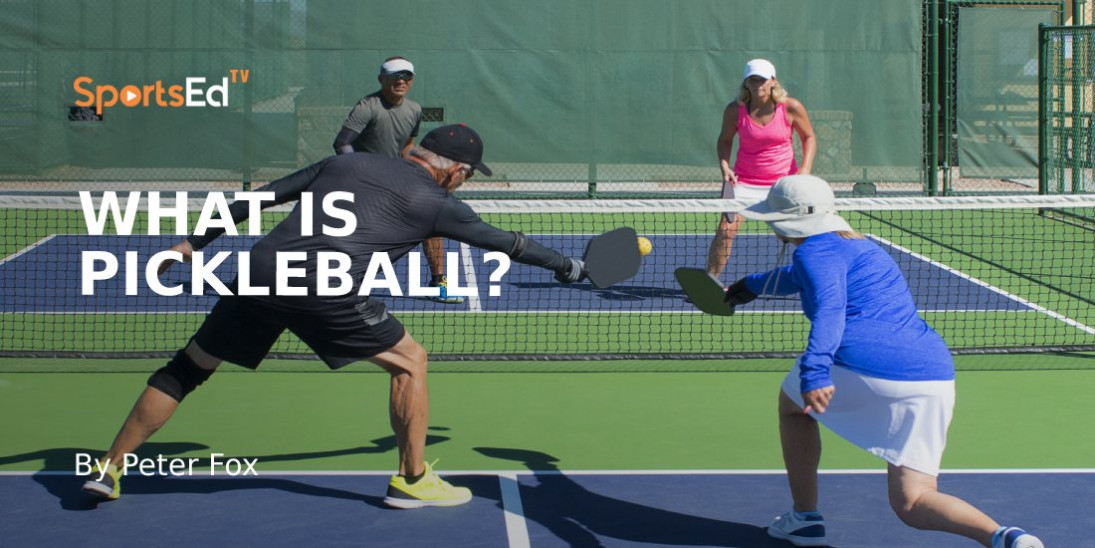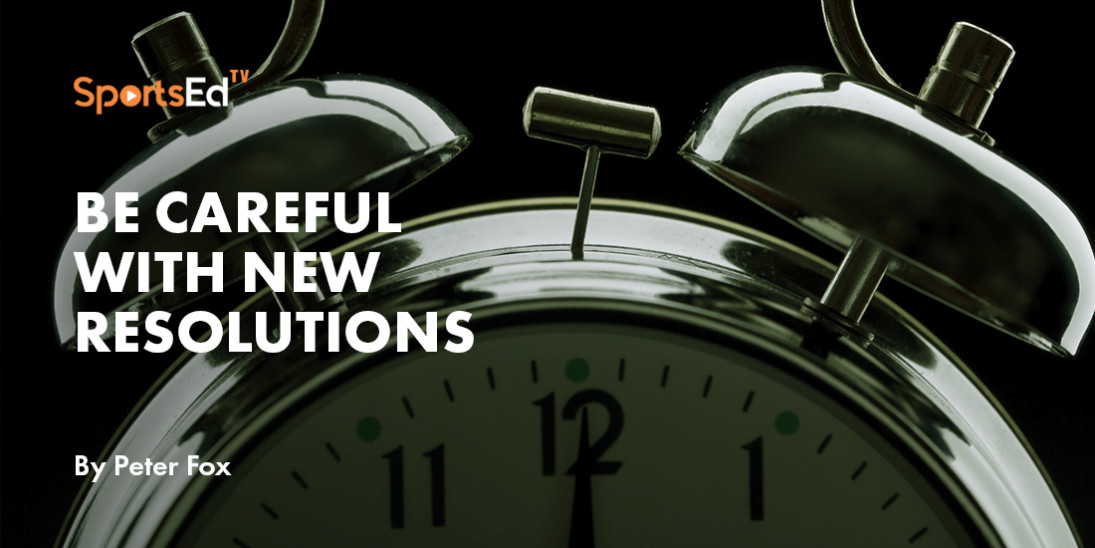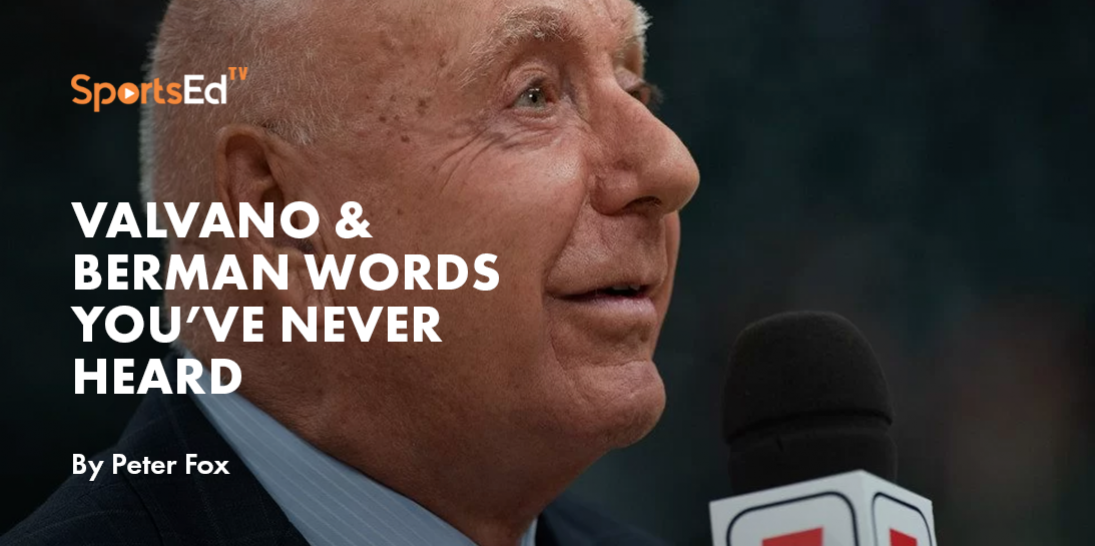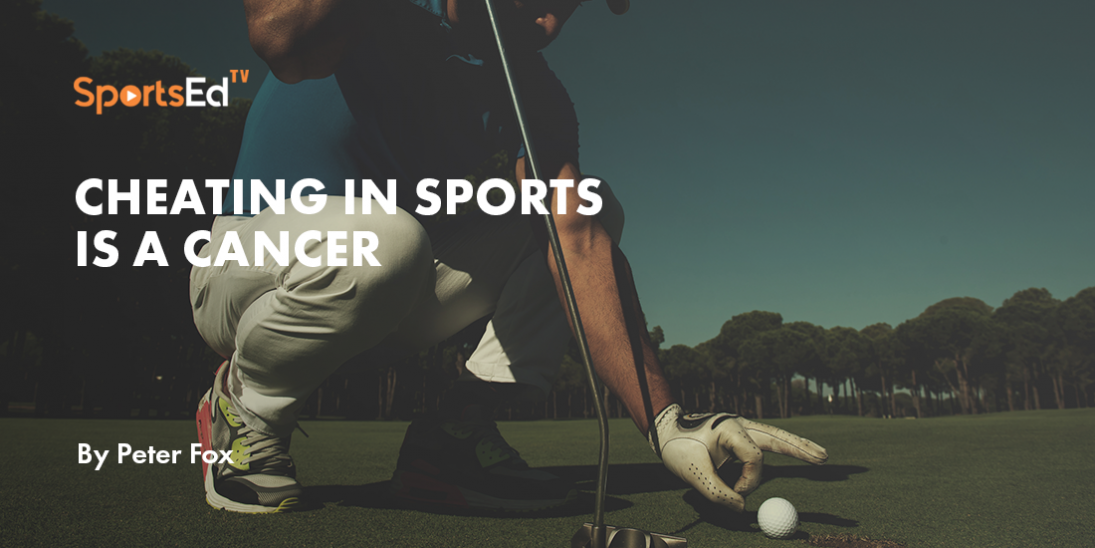Basketball
Welcome and thanks for visiting...

How To Intelligently Learn & Improve Basketball Shooting Skills
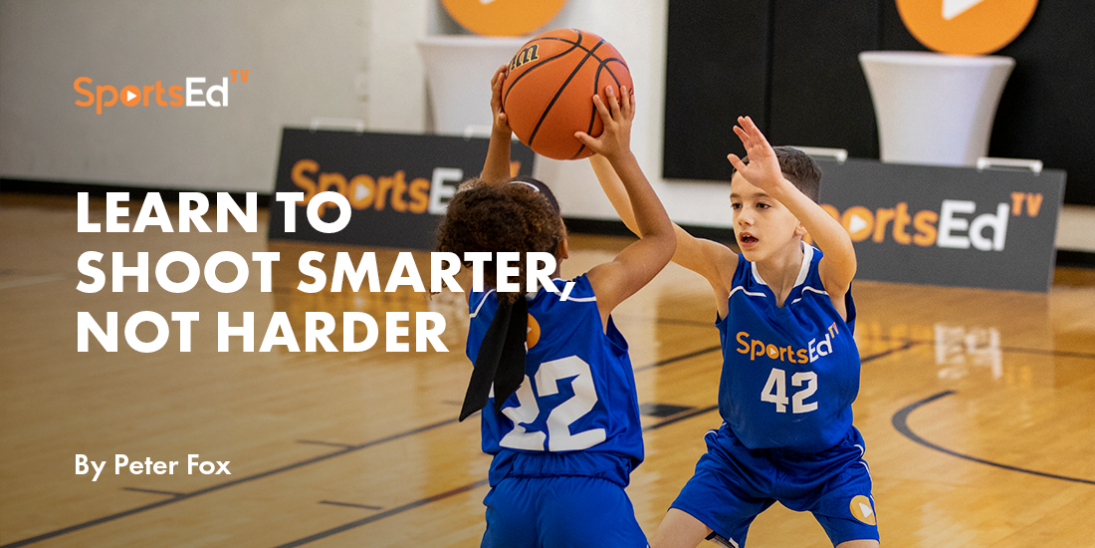
These basketball bench warming buttocks and gym bleacher eyes have witnessed both the death of the two hand set shot and the corresponding birth of the now ubiquitous jump shot.
Combined with basketball’s installation of the three point scoring line, long distance shooting has become a mandatory skill for players of less than giant height.
So, if basketball is your game or you want it to be, development of a pure shooting skill should be your highest priority.
Here SportsEdTV offers “how to shoot” training videos and a rationale for putting in the disciplined effort to develop and improve shooting skills:
Three premier SportsEdTV coaches—NBA and WNBA former stars Mark Strickland and Tocarra Williams and Nike + Coach Cedric Carter—lead the fundamental series. Mark introduces and Tocarra and Cedric provide gender specific instructions.
Here’s Coach Cedric talking about Head and Elbow position:
And here’s Mark and Cedric concentrating on shooting stance:
Here is Tocarra’s female shooting stance video.
Their how to use the off-hand in shooting videos offer male and female versions as well.
As a starting point those shooting fundamentals show you how it works. Our collection of advanced shooting videos, many produced by our partner Dr. Dish, the developer of shooting machines.
Here’s Dr. Dish’s spot shooting for beginners.
And, another Dr. Dish advanced shooting skill, pull up shooting video:
--
Next in the development and/or improvement period is the how to make the fundamentals become an earned and learned skill.
Dr. Michelle Cleere, renowned performance coach offers these points:
Practicing how you want to perform requires extra dedication in the following steps:
– Perform the skill repetitively – learn it from the coach and practice it multiple times
– Perform the skill exceptionally well repetitively – after feedback from other, practice the perfected skill multiple times
– Perform the skill very well and at speed to mimic game time conditions
– Perform the skill very well, at speed, and when fatigued
– Perform the skill very well, at speed, and under pressure
– Perform the skill very well, at speed, under pressure, and during competition
--
SportsEdTV’s partner, the National Alliance of Youth Sports (NAYS) has published excerpts of Michigan State’s Ken Mannie’s work on the subject, digested here.
Any athletic skill is actually a motor skill, which can be defined as an act or task that has a goal to achieve and requires voluntary body or limb movement to be properly performed. Many times -- and wrongly so -- the terms skill and ability are used interchangeably.
Motor abilities (e.g., static and dynamic balance, visual acuity, response time, speed of limb movement, eye hand/foot coordination, etc.) can be viewed as the foundational components of motor skill development, but are not skills by definition. Most motor behavior researchers maintain that abilities are more genetically than experience determined. Skills are learned over time in very specific stages.
The learning and development of any athletic skill occurs in three progressive stages:
1) The cognitive stage. This is the beginning stage of skill learning -- one in which the learner has many unanswered questions. During this stage, the learner needs specific information to assist him in making correct adjustments. You will know that the athlete is still in this stage when he makes a mistake and is aware of “doing something wrong,” but has no idea how to correct it.
2) The associative stage. As the athlete enters this stage, many of the basic fundamentals and mechanics of the skill have been learned. The mistakes are fewer, less serious and, more importantly, the athlete is capable of recognizing many of his errors and is aware of how to take the proper steps to correct them. The goal now is to refine the skill.
3) The autonomous stage. This final stage of learning is realized only after much practice, quality repetition, and experience with the specific task. The skill has now become habitual or automatic. Obviously, this stage is not achieved overnight. Depending on the complexity of the skill, it may take years.
--
So whatever happened to basketball’s playmaking or rebounding specialists? They exist today, but in diminished stature. Shooting is where it’s at, even for the big players.
Shot Tracker analyst Stephen Shea tracks the evolution to emphasis of 3 point shooting saying “teams have realized that they can improve their offense by simply changing their shot selection. Take more threes and score more points.
Shea points out “three-point shot adds value in two ways-- spacing the floor with 3-point threats provides space for players to drive, cut, roll, and post-up.”
“Today’s game looks very different from that of even 10 years ago,” he says.
And eons away are the days this scribe spent hours in frustrated emulation of the behind-the-back pioneering dribble of Bob Cousy only to be one-upped by Jimmy Walker’s between-the-legs ankle breaking moves.
What’s next? Underhand foul shots? Ask Rick Barry.

